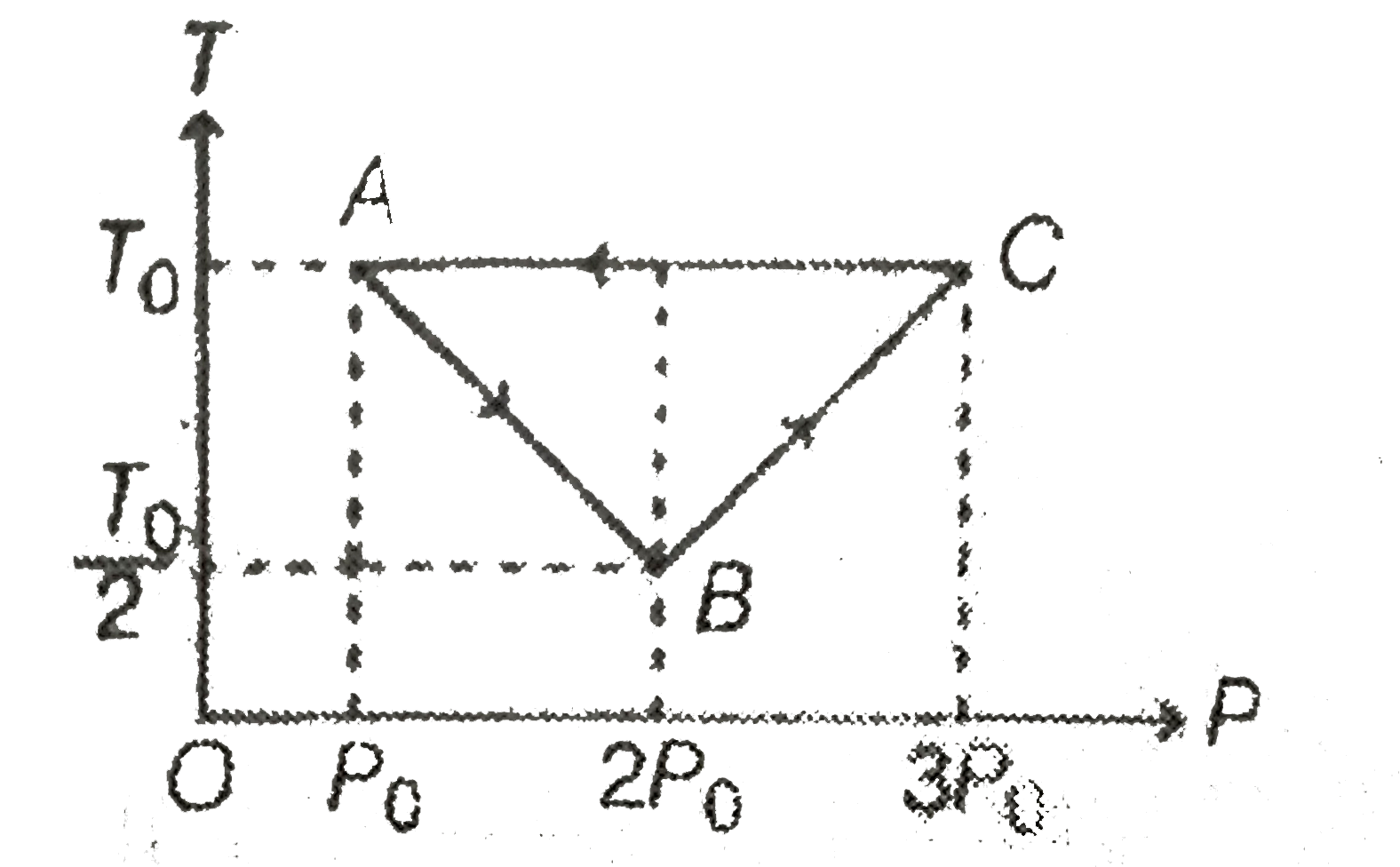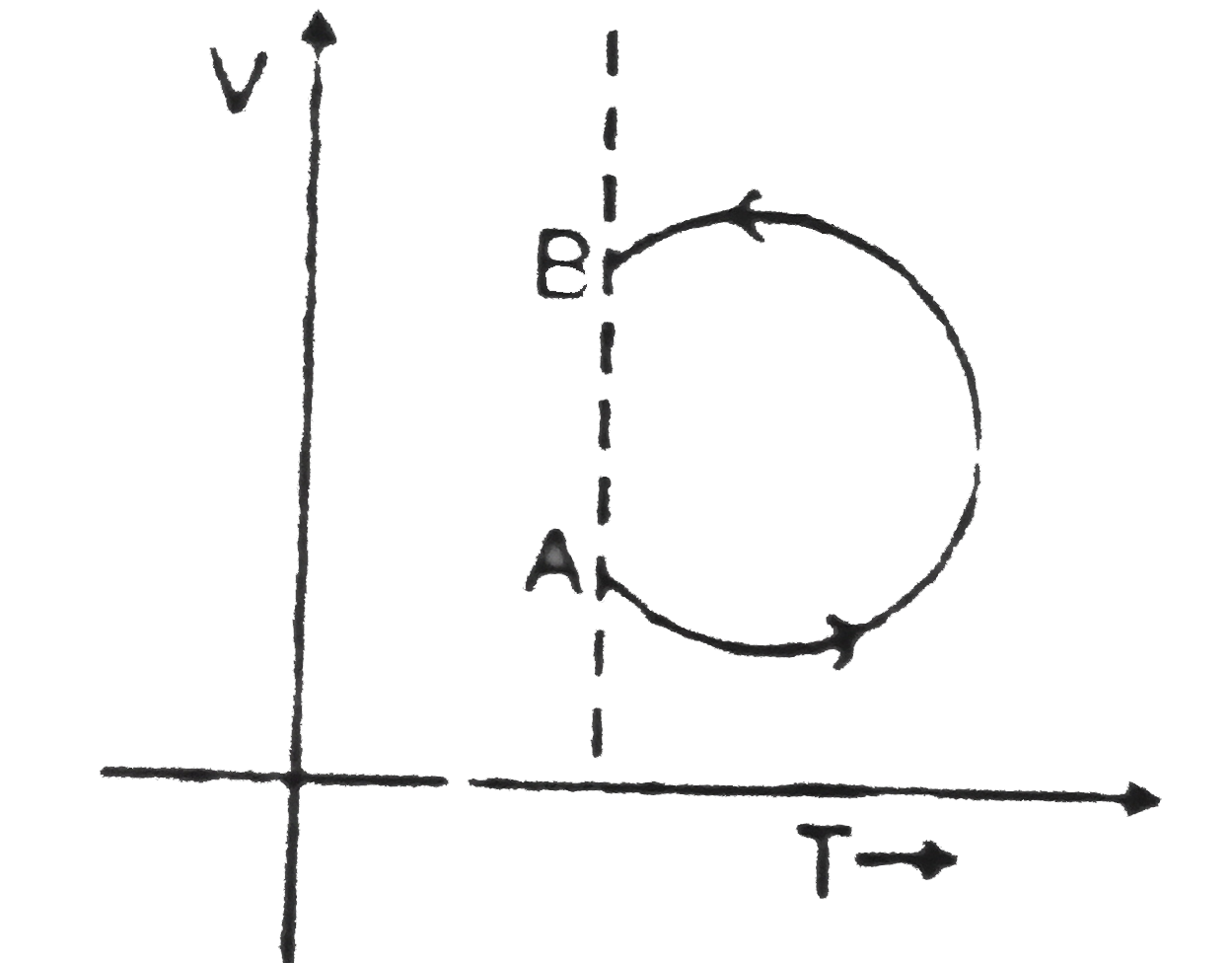The immature male germ cells undergo division to produce sperms by the process of spermatogenesis. Choose the correct one with reference to above.
Spermatogonia have 46 chromosomes and always undergo meiotic cell division
Primary spermatocytes divide by mitot- ic cell division
Secondary spermatocytes have 23 chro- mosomes and undergo second meiot- ic division
Spermatozoa are transformed into sper- matids
The correct Answer is:c
To solve the question regarding spermatogenesis and the immature male germ cells, we will follow these steps:
1. Understand Spermatogenesis:
- Spermatogenesis is the process of sperm formation from immature male germ cells, specifically from spermatogonia.
2. Identify the Germ Cells:
- The immature male germ cells are called spermatogonia. These cells are diploid (2n), meaning they contain 46 chromosomes in humans.
3. Mitosis of Spermatogonia:
- Spermatogonia undergo mitosis to produce more spermatogonia. This is the initial step in spermatogenesis where the number of germ cells increases.
4. Formation of Primary Spermatocyte:
- One of the spermatogonia will differentiate and grow larger to become a primary spermatocyte. This cell is also diploid (2n) and contains 46 chromosomes.
5. Meiosis I:
- The primary spermatocyte undergoes meiosis I, resulting in two secondary spermatocytes. Each secondary spermatocyte is haploid (n), containing 23 chromosomes.
6. Meiosis II:
- Each secondary spermatocyte then undergoes meiosis II, producing a total of four spermatids. Each spermatid is also haploid (n), with 23 chromosomes.
7. Differentiation into Spermatozoa:
- Finally, the spermatids undergo differentiation to become spermatozoa (mature sperm). This process includes the development of a tail and other structural changes.
8. Evaluate the Statements:
- Now, we need to evaluate the statements provided in the question:
- Statement A: "Spermatogonia have 46 chromosomes." - This is correct.
- Statement B: "Spermatogonia always undergo meiotic division." - This is incorrect; they undergo mitotic division.
- Statement C: "Primary spermatocyte divides by mitotic cell division." - This is incorrect; it undergoes meiotic division.
- Statement D: "Secondary spermatocyte is 23 chromosomes and undergoes second meiotic." - This is correct; secondary spermatocytes are haploid and undergo meiosis II.
- Statement E: "Spermatids are transferred into spermatozoa." - This is incorrect; spermatids differentiate into spermatozoa.
9. Conclusion:
- The correct statement regarding spermatogenesis is that the secondary spermatocyte has 23 chromosomes and undergoes second meiotic division.
Final Answer:
The correct statement with reference to spermatogenesis is that the secondary spermatocyte is haploid (23 chromosomes) and undergoes meiosis II.
- Spermatogenesis is the process of sperm formation from immature male germ cells, specifically from spermatogonia.
- The immature male germ cells are called spermatogonia. These cells are diploid (2n), meaning they contain 46 chromosomes in humans.
- Spermatogonia undergo mitosis to produce more spermatogonia. This is the initial step in spermatogenesis where the number of germ cells increases.
- One of the spermatogonia will differentiate and grow larger to become a primary spermatocyte. This cell is also diploid (2n) and contains 46 chromosomes.
- The primary spermatocyte undergoes meiosis I, resulting in two secondary spermatocytes. Each secondary spermatocyte is haploid (n), containing 23 chromosomes.
- Each secondary spermatocyte then undergoes meiosis II, producing a total of four spermatids. Each spermatid is also haploid (n), with 23 chromosomes.
- Finally, the spermatids undergo differentiation to become spermatozoa (mature sperm). This process includes the development of a tail and other structural changes.
- Now, we need to evaluate the statements provided in the question:
- Statement A: "Spermatogonia have 46 chromosomes." - This is correct.
- Statement B: "Spermatogonia always undergo meiotic division." - This is incorrect; they undergo mitotic division.
- Statement C: "Primary spermatocyte divides by mitotic cell division." - This is incorrect; it undergoes meiotic division.
- Statement D: "Secondary spermatocyte is 23 chromosomes and undergoes second meiotic." - This is correct; secondary spermatocytes are haploid and undergo meiosis II.
- Statement E: "Spermatids are transferred into spermatozoa." - This is incorrect; spermatids differentiate into spermatozoa.
- The correct statement regarding spermatogenesis is that the secondary spermatocyte has 23 chromosomes and undergoes second meiotic division.
The correct statement with reference to spermatogenesis is that the secondary spermatocyte is haploid (23 chromosomes) and undergoes meiosis II.
Topper's Solved these Questions
- NCERT Exemplar Questions +2 (HUMAN HEALTH AND DISEASES)BOOK - TRUEMEN BIOLOGY ENGLISHCHAPTER - NCERT Exemplar Questions +2 (HUMAN HEALTH AND DISEASES)EXERCISE - MCQs
23 Videos
- NCERT Exemplar Questions +2 (MICROBES IN HUMAN WELFARE)BOOK - TRUEMEN BIOLOGY ENGLISHCHAPTER - NCERT Exemplar Questions +2 (MICROBES IN HUMAN WELFARE)EXERCISE - MCQs
19 Videos
Similar Questions
Knowledge Check
How many pollen mother cells should undergo meiotic division to produce 64 pollen grains?
A64B32C16D8An ideal gas undergoes isothermal process from some initial state i to final state f. Choose the correct alternatives.
A1.dU=dQB2. dU=-dWC3. dU=0D4. dU=dWIdentify the figures numbering to a type of cell division showing different stages.

Choose the correct numbering given to different cell division stages of mitosis.AB - Metaphase, C-Early anaphaseBA-Metaphase, B - MetaphaseCA- Prophase, C-Early anaphaseDBoth 1 and 3
(a) Name the hormone that initiates spermatogenesis in humans. Describe the process of spermatogenesis in spermatogenesis in sequence mentioning the ploidy of the cells at each step.
(b) Draw the diagram of a mature human sperm and label the parts that : (i) helps it reaching to the ovum . (ii) providing energy for it to reach the ovum. (iii) helping it to gain entry into the ovum.
View SolutionGo through the following statements:-
(i). Primary spermatocytes undergo mitotic divisions to produce secondary spermatocytes
(ii). Sperms released from the seminiferous tubules are fuly mature and motile
(iii) The head of sperm possesses may mitochondria which produce energy for the movement of tail
(iv) The human male ejaculates about 20-30 million sperms during a coitus
which of these are correct?
View SolutionGerminal epithelium located in walls of______ undergoes constant divisions to produce spermtagonia.Choose the option that fills the blank correctly.
(a) Rete testis
(b) Seminiferous tubules
(c) Epididymis
(d) Vasa efferentia
View SolutionSecondary spermatocytes undergo second meiotic division during spermatogenesis to produce.
View SolutionOne mole of an ideal monoatomic gas is taken through a cyclic process as shown. Choose the correct option(s).

View Solution

